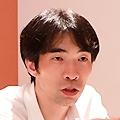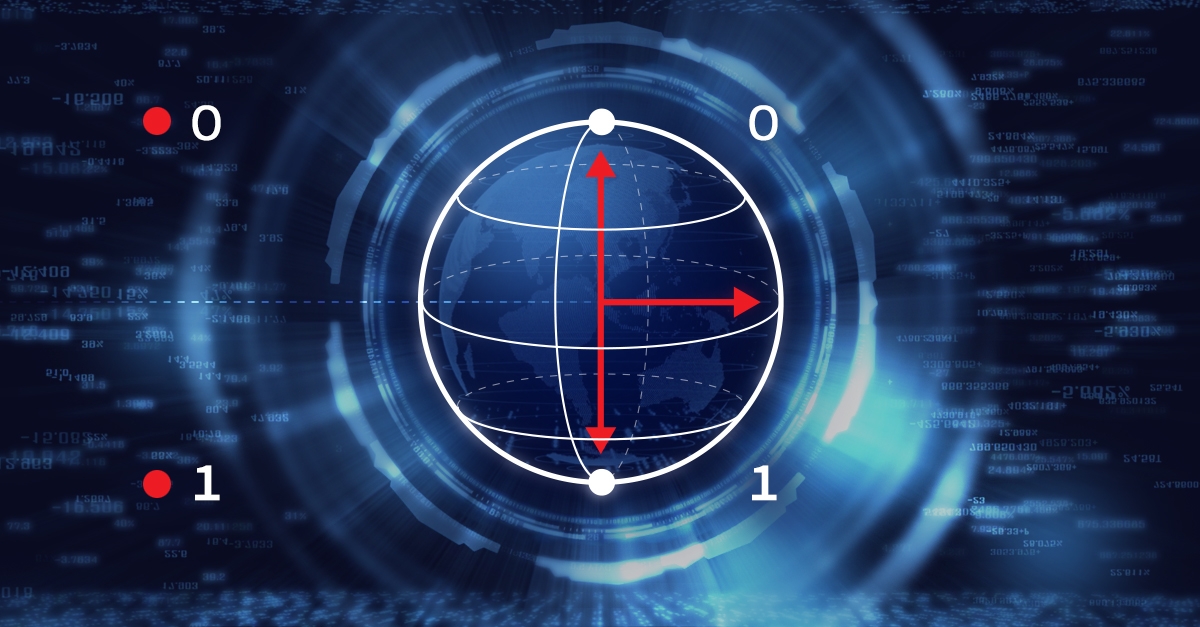Quantum Computer Research of Nomura Asset Management
- NAM’s Innovation Lab Department and the Graduate School of Information Sciences, Tohoku University explore practical application of quantum computers especially in the machine learning field.
- The total time in case of quantum computer verified in 2015 is said to be around 100 million times shorter than that of conventional computers, depending on the task.
- While machine learning is already being used in research, trading, and asset management, extending its implementation to a wider focus area is in the works within Nomura.
The Innovation Lab Department at Nomura Asset Management (NAM) has been conducting applied research for financial business using quantum computers since February 2018 in collaboration with the Graduate School of Information Sciences, Tohoku University.
The Innovation Lab Department was launched in April 2019, integrating with quantitative investment-related departments and its predecessor, established in April 2017. Projects ranged from basic research to fund application, including collaboration with universities and entrepreneurial ventures, cooperation with investment divisions, utilization of AI, data analysis, and digitization of business flows.
While the improvement of semiconductor integrated circuits, which forms the core of existing computers, has reached its limit, the types of data handled by companies, their complexity, and the amount of computation have increased. Through this, the need for further improvement in computing performance has prompted attention to the importance of quantum computers, which operate at high speed using completely different principles.
What is a quantum computer?
The concept of quantum computers was born in 1981, and researchers pursued its rationalization and development. In 2011, a "quantum annealing" quantum computer was commercially available from a Canadian venture company, D-Wave System.
In contrast to conventional computers, which use "bit" as the basic unit of information, which can be clearly distinguished from 0 by 1, quantum computers use "principle of superposition" which has an intermediate angle and direction with 0 and 1 as the apex, and "quantum bit" which contains more information.
The "quantum annealing" method simulates the annealing method in which a metal is heated and then gradually cooled to adjust the crystal state. The "transverse magnetic field" is applied to the quantum bits arranged in a grid, and then the transverse magnetic field is gradually cut off to obtain the result of 0 or 1. Currently, it is difficult to obtain accurate results, but because of its high processing speed, it is expected to be used for solving "combined optimization problem" such as eliminating traffic jams by optimizing traffic routes etc.
On the other hand, a "quantum gate" method, in which a conventional circuit acts on a quantum bit, is also under development. In October 2019, it was announced that Google succeeded demonstrating "quantum transcendence", which means surpasses the computing power of conventional computers.
If quantum computers are put to practical use, it could speed data analysis in combination with AI, improve machine learning capabilities, reduce traffic congestion, improve supply chain efficiency and accelerate drug developments.
The quantum computer research of NAM and Tohoku University
Masaya Abe, Innovation Lab Department, NAM, says there are “two research themes, portfolio optimization and stock return prediction. We are currently working on stock return prediction because the D-Wave machine is also good at sampling. In other words, producing solutions of various candidates instead of just one.”
As the team tries to solve problems determining the relative attractiveness within stock universe for investment, we use various factors to predict future relative stock returns. By calculating the probability distribution in the model construction, it is expected to be more precise than the previous method, utilizing large number of solutions output by quantum computer sampling. The D-Wave machine is very useful because it can make 800,000 samples at a time in our model, while conventional computers make a sample data one by one.
Another model for predicting future relative stock returns has already been incorporated into actual fund strategies where we apply deep learning. Factors such as price-to-earnings ratio and price-book value ratio are used for the forecasts. It is said that the number of factors reported so far is more than 300. In fact, the deep learning model uses many factors, and the model decide how to weight and combine them to future predict relative stock returns.
Currently, the D-wave machine cannot deal with many factors due to the limitations of problem size. But when the D-wave machine is improved to handle many factors in the future, we would like to enhance the model and combine it with the deep learning model for the better prediction model.
What is the future of quantum computers?
Takayuki Takigawa suggests the possibility to utilize quantum computers in the simulation of the maximum loss in the calculation of the amount of risk.
In addition, fast computation with a quantum computer can be an approach when using machine learning, often a very intensive task. While machine learning is already being used in research, trading, and asset management, extending its implementation to a wider focus area is in the works.
Practical application of this technology will enable us to perform various calculations, benefiting Nomura in the long run.”
Yuto Tadokoro concluded: “The asset management industry puts emphasis on alpha, which means competition for excess returns over the index. We can contribute to winning the competition with other companies in the performance by firmly establishing basic research and applying cutting-edge technologies to asset management.”

Contributor

Masaya Abe
Innovation Lab Department, Nomura Asset Management

Yuto Tadokoro
Innovation Lab Department, Nomura Asset Management

Takayuki Takigawa
Future Innovation Strategy Department, Nomura Holdings
Disclaimer
This content has been prepared by Nomura solely for information purposes, and is not an offer to buy or sell or provide (as the case may be) or a solicitation of an offer to buy or sell or enter into any agreement with respect to any security, product, service (including but not limited to investment advisory services) or investment. The opinions expressed in the content do not constitute investment advice and independent advice should be sought where appropriate.The content contains general information only and does not take into account the individual objectives, financial situation or needs of a person. All information, opinions and estimates expressed in the content are current as of the date of publication, are subject to change without notice, and may become outdated over time. To the extent that any materials or investment services on or referred to in the content are construed to be regulated activities under the local laws of any jurisdiction and are made available to persons resident in such jurisdiction, they shall only be made available through appropriately licenced Nomura entities in that jurisdiction or otherwise through Nomura entities that are exempt from applicable licensing and regulatory requirements in that jurisdiction. For more information please go to https://www.nomuraholdings.com/policy/terms.html.
